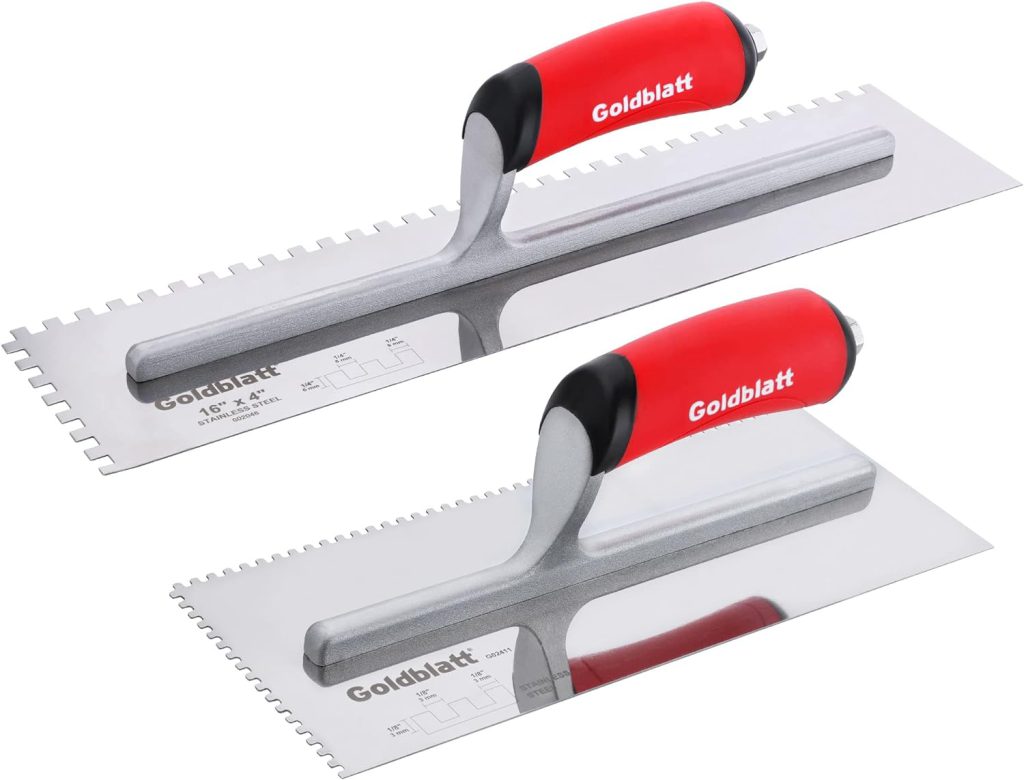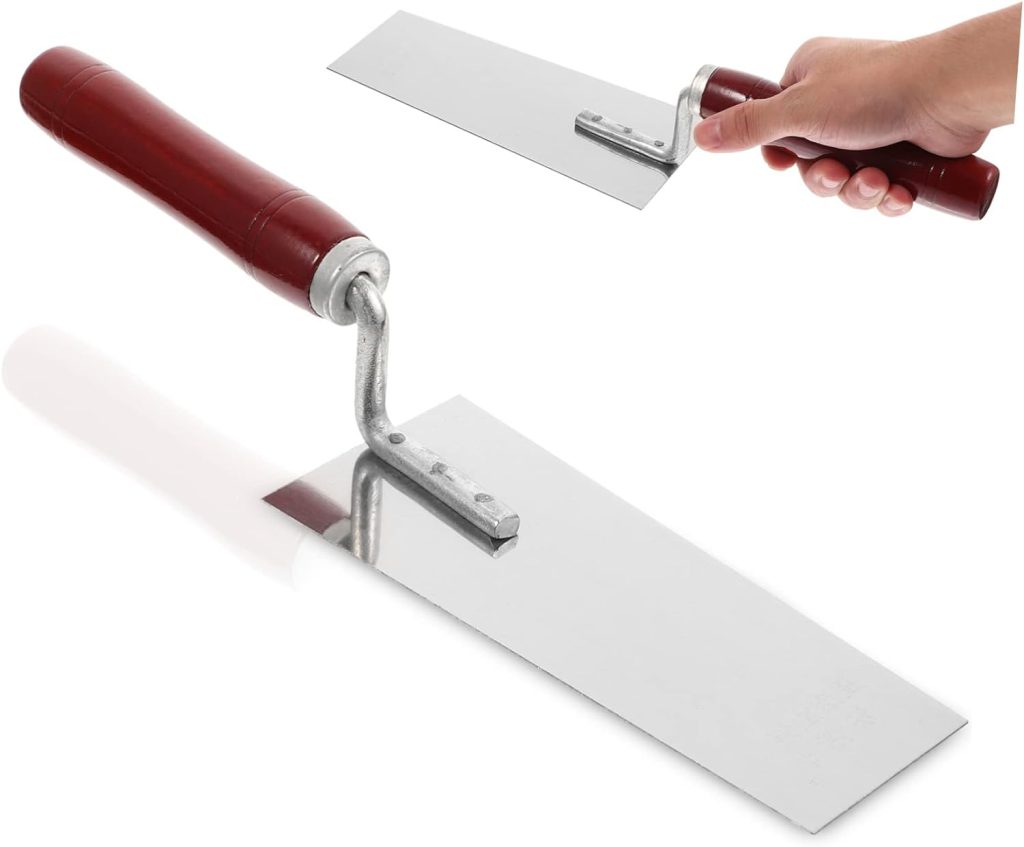trowel putty trowel : Learn how to turn rough surfaces into works of art with the power of your trusty putty trowel. Unleash your creativity!
When it comes to home improvement projects, trowel putty is a versatile and indispensable tool that can transform surfaces from flawed to fabulous. Whether you’re repairing cracks, filling in holes, or adding texture to walls and furniture, trowel putty is a must-have for any DIY enthusiast. In this beginner’s guide, we’ll explore the world of trowel putty, from its composition and applications to tips for choosing the right type for your project and techniques for achieving professional results.
Table of Contents
What is Trowel Putty?
Trowel putty, also known as spackling paste or filler, is a versatile compound used for filling imperfections in surfaces before painting or finishing. Typically made of gypsum, calcium carbonate, or acrylic resin, trowel putty is easy to apply and sand, making it ideal for a variety of home repair and renovation projects.
There are different types of trowel putty available in the market, each designed for specific applications. Lightweight trowel putty is great for filling small cracks and holes, while heavyweight trowel putty is more durable and suitable for larger repairs. Textured trowel putty is perfect for creating decorative finishes on walls and ceilings.
Choosing the Right Trowel Putty for Your Project
When selecting trowel putty for your project, consider factors such as the substrate you’re working with, the desired texture of the finish, and the color of the putty. For example, if you’re repairing drywall, opt for a lightweight trowel putty that’s easy to sand and blend seamlessly with the existing surface.
Matching the trowel putty to different surfaces is crucial for achieving a professional-looking result. Wood surfaces may require a flexible trowel putty that can withstand the natural movements of the material, while concrete surfaces might need a heavy-duty putty that can resist moisture and weathering.
Popular trowel putty brands like DAP, Red Devil, and Zinsser offer a wide range of products tailored to specific applications. Be sure to read the product labels and instructions carefully to choose the right trowel putty for your project.
How to Apply Trowel Putty Like a Pro
Before applying trowel putty, it’s important to prepare the surface properly by cleaning, sanding, and priming it. Remove any loose debris or old paint to ensure the putty adheres well to the surface.
When applying trowel putty, use a putty knife or trowel to spread the compound evenly over the surface, working in smooth, consistent strokes. For larger repairs, apply multiple thin layers of trowel putty, allowing each layer to dry fully before sanding and applying the next.


To achieve a smooth and flawless finish with trowel putty, practice good technique and take your time. Feather out the edges of the putty to blend it seamlessly with the surrounding surface, and sand the dried putty lightly between coats to ensure a uniform texture.
Creative Ways to Use Trowel Putty in Home Decor
While trowel putty is commonly used for repairs and surface preparation, it can also be a creative tool for adding texture and character to your home decor. Consider using trowel putty to create unique patterns and designs on walls, furniture, and even decorative objects.
Experiment with different application techniques, such as stippling, swirling, or combing, to achieve interesting textures and effects with trowel putty. You can also mix paint or pigment into the putty to create custom colors and finishes that complement your existing decor.
DIY projects using trowel putty, such as creating faux brick walls, distressed furniture finishes, or textured ceiling designs, can add a touch of sophistication and charm to your home. Let your creativity run wild and explore the endless possibilities of trowel putty in home decor.
Maintaining and Caring for Trowel Putty Surfaces
Once you’ve transformed your surfaces with trowel putty, it’s important to know how to maintain and care for these finishes to ensure they remain beautiful and durable over time. Regular cleaning with a damp cloth or mild soap can help keep trowel putty surfaces looking fresh and clean.
If you notice any cracks or discoloration in the trowel putty, don’t fret – these issues are easily remedied with a fresh coat of putty and some sanding. Trowel putty is a forgiving material that can be repaired and touched up as needed, so don’t be afraid to tackle minor imperfections on your own.
For more advanced issues or questions about trowel putty maintenance, reach out to the manufacturer or consult professional resources for guidance. With proper care and attention, your trowel putty surfaces will continue to impress and inspire for years to come.
Conclusion
Trowel putty is a versatile and transformative tool that can elevate your home improvement projects from ordinary to extraordinary. By understanding the different types of trowel putty, choosing the right product for your project, and mastering application techniques, you can achieve professional results and create stunning surfaces in your home.
Whether you’re repairing imperfections, adding texture and character, or exploring creative design possibilities, trowel putty is a trusty companion that can help you achieve your renovation goals with confidence and flair. Embrace the endless potential of trowel putty in your next project and watch as your surfaces are transformed from flaw to fabulous.
